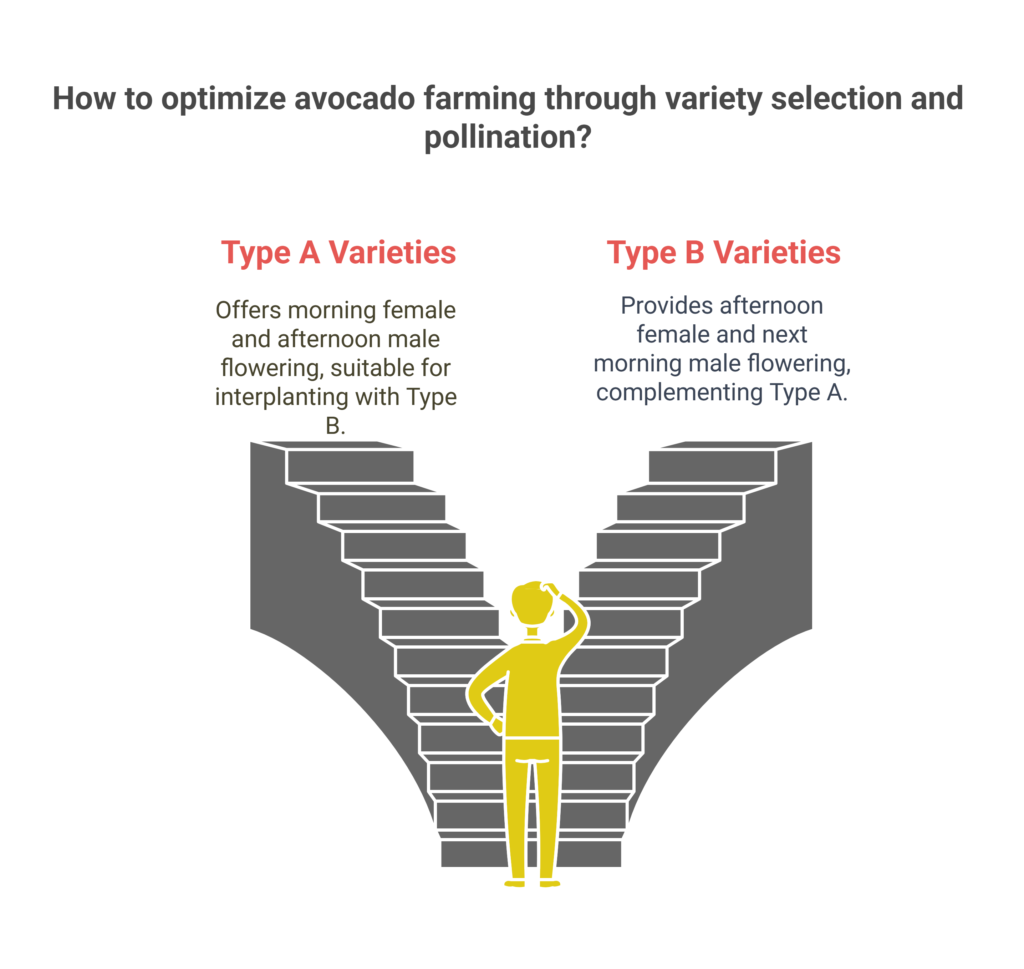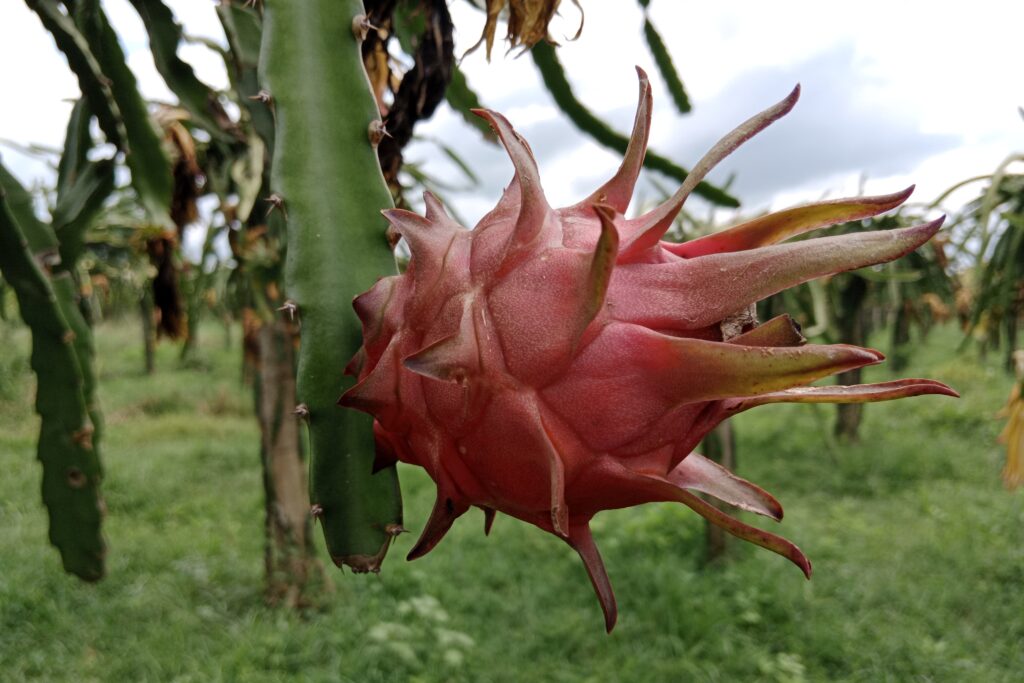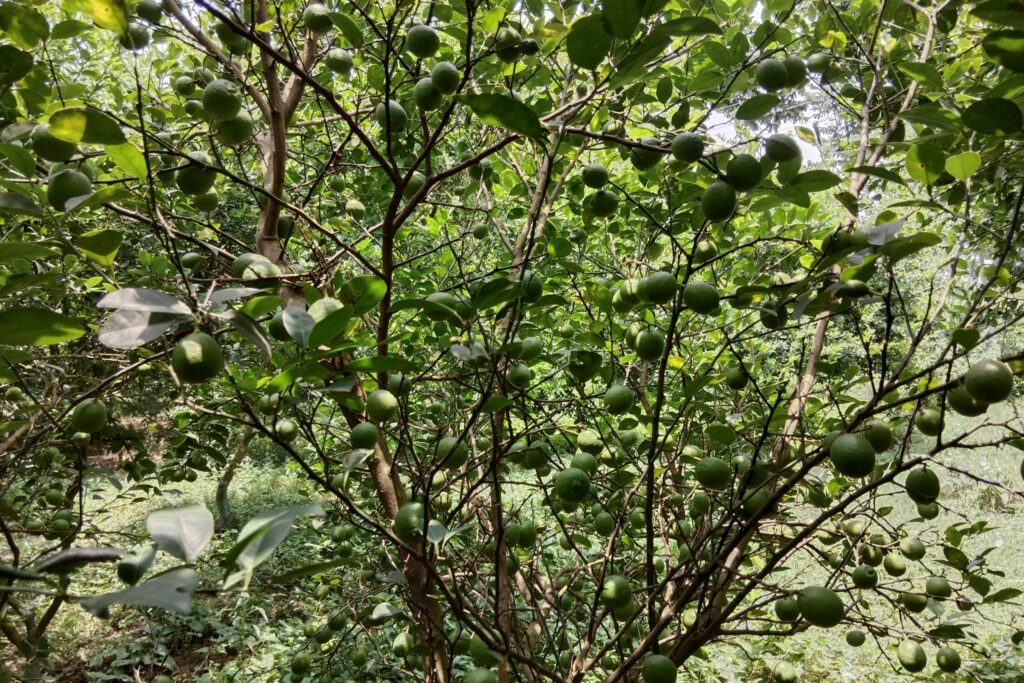Avocado Farming
Avocado farming has emerged as a thriving agricultural venture in recent years, driven by the skyrocketing global demand for this nutrient-packed superfood. Celebrated for its creamy texture, versatility, and numerous health benefits, the avocado has secured a prominent place in kitchens and diets worldwide. This growing popularity has also positioned avocados as a highly profitable crop, offering promising opportunities for farmers seeking to diversify their agricultural activities or maximize returns. If you’re considering venturing into avocado farming, understanding the avocado farming profit per acre is crucial to making informed decisions. This blog post will walk you through the costs, yields, and potential profits of avocado farming per acre, along with essential tips for success.
Why Avocado Farming?
Avocado farming stands out as a lucrative and sustainable agricultural venture, making it an attractive option for farmers seeking high long-term returns. Unlike many short-term crops, avocados are a perennial investment; once the trees mature, they can continue to produce bountiful harvests for decades, providing a steady income stream. With increasing global demand for avocados due to their nutritional benefits and culinary versatility, the market potential for this fruit is vast and still growing.
The key to success in avocado farming lies in careful planning and diligent orchard management. Choosing the right avocado varieties tailored to your region’s climate and soil conditions is a critical first step. Proper pollination practices further enhance yield, ensuring maximum productivity. Additionally, maintaining the health of your orchard through effective irrigation, pest control, and pruning strategies is essential to sustaining profitability over the long term. By combining these elements with dedication and expertise, avocado farming can be a rewarding endeavor, offering both economic and environmental benefits.
Key Considerations for Avocado Farming
1.Variety Selection and Pollination
One of the most critical aspects of successful avocado farming is selecting the right varieties and ensuring effective pollination. Avocado trees exhibit a unique flowering behavior known as dichogamy, where their flowers open and close at specific times, alternating between male and female phases. To achieve successful pollination and maximize fruit set, it is essential to interplant two compatible flowering groups, commonly referred to as Type A and Type B varieties.

- Type A Varieties: These include popular choices such as Hass (the most widely cultivated variety), Pinkerton, and Gwen. The flowers of type A varieties open in the morning as female, close in the afternoon, and reopen the next afternoon as male.
- Type B Varieties: Examples include Fuerte, Bacon, and Zutano. The flowers of type B varieties open in the afternoon as female, close by evening, and reopen the following morning as male.
For optimal pollination, it is recommended to plant type A and type B varieties in a 1:1 or 2:1 ratio. This ensures overlapping flowering periods, enhancing the chances of cross-pollination and resulting in higher fruit production. Proper orchard design, with careful placement of these varieties, can significantly impact overall yield. Additionally, encouraging pollinators like bees through pollinator-friendly practices can further improve the success rate of pollination. By focusing on variety compatibility and effective pollination strategies, avocado farmers can lay the foundation for a productive and profitable orchard.
2.Planting and Spacing
Proper planting and spacing are fundamental to establishing a healthy and productive avocado orchard. Ensuring that the trees are planted at the right time, with adequate space and well-prepared pits, lays the groundwork for their long-term growth and fruit-bearing potential.
i. Planting Time
The ideal period for planting avocado saplings is during April and May, just before the onset of the monsoon season. This timing ensures that the young plants benefit from the natural rains, which promote root establishment and early growth.
ii. Spacing
Avocado trees require sufficient space to grow and develop a healthy canopy without competing for sunlight, nutrients, or water. A spacing of 10 meters by 10 meters is recommended, allowing each tree ample room for growth. This arrangement accommodates approximately 40 plants per acre, optimizing land use while preventing overcrowding.
iii. Pit Preparation
Preparing the planting pits correctly is crucial for supporting the young trees’ root development. Dig pits measuring 1 cubic meter (1m x 1m x 1m) to provide ample space for the roots to spread. Before planting, fill the pits with a mixture of farmyard manure (FYM) and topsoil in a 1:1 ratio. This nutrient-rich mixture ensures a fertile growing environment, enhances soil structure, and promotes better moisture retention.
3. Yield Timeline
i. Seed-Raised Plants
Avocado plants grown from seeds typically take longer to mature and bear fruit. These trees usually begin producing fruit after 5 to 6 years, making them a slower option for farmers aiming for early returns. However, seed-raised plants can be beneficial for rootstock development and genetic diversity.
ii. Grafted Plants
Grafted avocado plants, on the other hand, offer a much faster yield timeline. These plants generally start bearing fruit within 3 to 4 years of planting. The grafting process combines the desirable traits of the scion and rootstock, ensuring quicker maturity, better fruit quality, and consistency in production. This makes grafted plants a preferred choice for commercial avocado farming.
Also Read About: Apple Farming Profit Per Acre.
Estimated Costs of Avocado Farming Per Acre
Here’s a breakdown of the initial investment required for avocado farming per acre:
| S.N. | Category | Estimated Cost (NRs.) |
| 1 | Land Preparation (plowing, leveling, pits) | 60,000 |
| 2 | Avocado Saplings (40 plants @ NRs. 300) | 12,000 |
| 3 | Fertilizers and Manure | 30,000 |
| 4 | Irrigation System (Drip) | 100,000 |
| 5 | Labor Costs (Planting, Maintenance) | 50,000 |
| 6 | Pest & Disease Control | 30,000 |
| 7 | Miscellaneous Costs (Pesticides, Mulch) | 50,000 |
| Total Initial Investment | 332,000 |
Annual Maintenance Cost
From the second year onward, avocado orchards require consistent care and management to ensure healthy growth and sustained productivity. The annual maintenance cost typically ranges between NRs. 50,000 and NRs. 100,000 per acre, depending on the scale of operations, farming practices, and quality input.
Estimated Income from Avocado Farming Per Acre
The income from avocado farming increases significantly as the trees mature. Below is a year-wise income projection based on an average market price of NRs. 300 per kg:
| Year | Fruits/Tree | Yield/Tree (kg) | Total Yield/Acre (kg) | Market Price (NRs/kg) | Total Income (NRs.) |
| 3rd Year | 8-10 | 2 | 80 | 300 | 24,000 |
| 4th Year | 20 | 4 | 160 | 300 | 48,000 |
| 5th Year | 40 | 8 | 320 | 300 | 96,000 |
| 6th Year | 70 | 14 | 560 | 300 | 168,000 |
| 7th Year | 130 | 26 | 1,040 | 300 | 312,000 |
| 8th Year+ | 300 | 60 | 2,400 | 300 | 720,000 |
Analysis of Avocado Farming Profit per Acre
- Initial Investment: NRs. 332,000 (first year).
- Annual Maintenance: NRs. 50,000–100,000 (from the second year onwards).
- Break-Even Point: By the 5th or 6th year, the income starts to surpass the initial investment and maintenance costs.
- Net Profit: From the 8th year onwards, the net profit can exceed NRs. 600,000 per acre annually.
Tips for Maximizing Profit in Avocado Farming
- Choose the Right Varieties
Selecting the appropriate avocado varieties is crucial for achieving high yields and capturing market demand. Opt for high-yielding and commercially preferred varieties such as Hass, which is renowned for its excellent quality and export potential, or Fuerte, a variety popular in certain local and regional markets. Choosing varieties suited to your climate and soil conditions ensures optimal growth and profitability.
- Ensure Proper Pollination
Effective pollination is essential for maximizing fruit production. Maintain the recommended planting ratio of Group A (e.g., Hass, Pinkerton) and Group B (e.g., Fuerte, Bacon) varieties to facilitate cross-pollination. This combination takes advantage of their complementary flowering schedules, ensuring better fruit sets and higher yields.
- Invest in Irrigation
Adequate water supply is vital for healthy tree growth and consistent fruit production. Consider installing drip irrigation systems, which provide precise and efficient water delivery directly to the root zone, minimizing wastage and ensuring the trees receive the moisture they need, especially during dry seasons.
- Regular Pruning and Pest Control
Routine maintenance, including pruning and pest management, plays a significant role in orchard productivity. Pruning helps maintain an ideal canopy structure, improve sunlight penetration, and prevent overcrowding, which reduces the risk of pests and diseases. Implementing integrated pest management (IPM) practices ensures timely and sustainable control of pests, safeguarding your trees and fruit quality.
- Market Strategically
To maximize profits, build strong connections with local markets, exporters, and processors who value high-quality avocados. Understanding market trends, timing your harvest to match peak demand, and negotiating competitive prices can significantly boost your returns. Diversifying your market channels also helps reduce dependency on a single buyer and ensures a steady income.
Conclusion
Avocado farming is a profitable venture with the potential to generate substantial income per acre. While the initial investment and waiting period for yields may seem daunting, the long-term returns make it a worthwhile endeavor. By following the best practices in variety selection, pollination, and orchard management, you can maximize your profits and establish a sustainable avocado farming business.



Pingback: Pomegranate Farming Profit Per Acre -